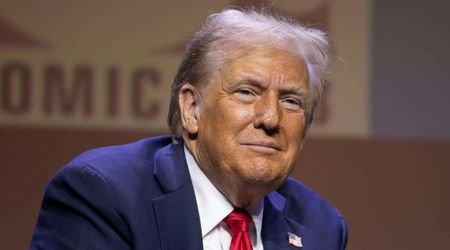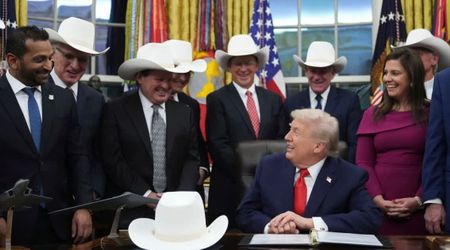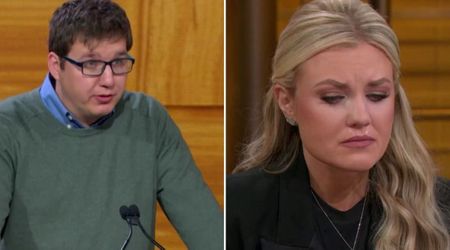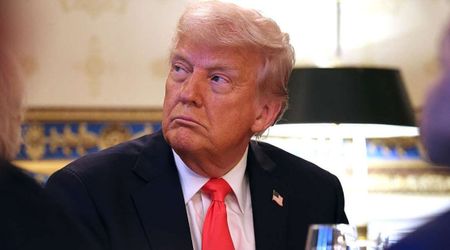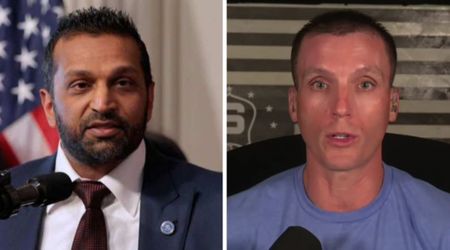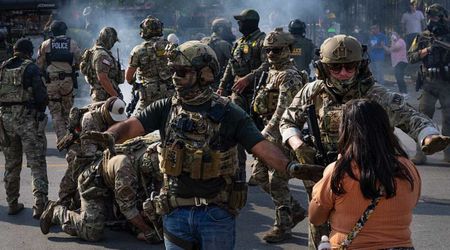White House restricts media access in West Wing, citing security concerns
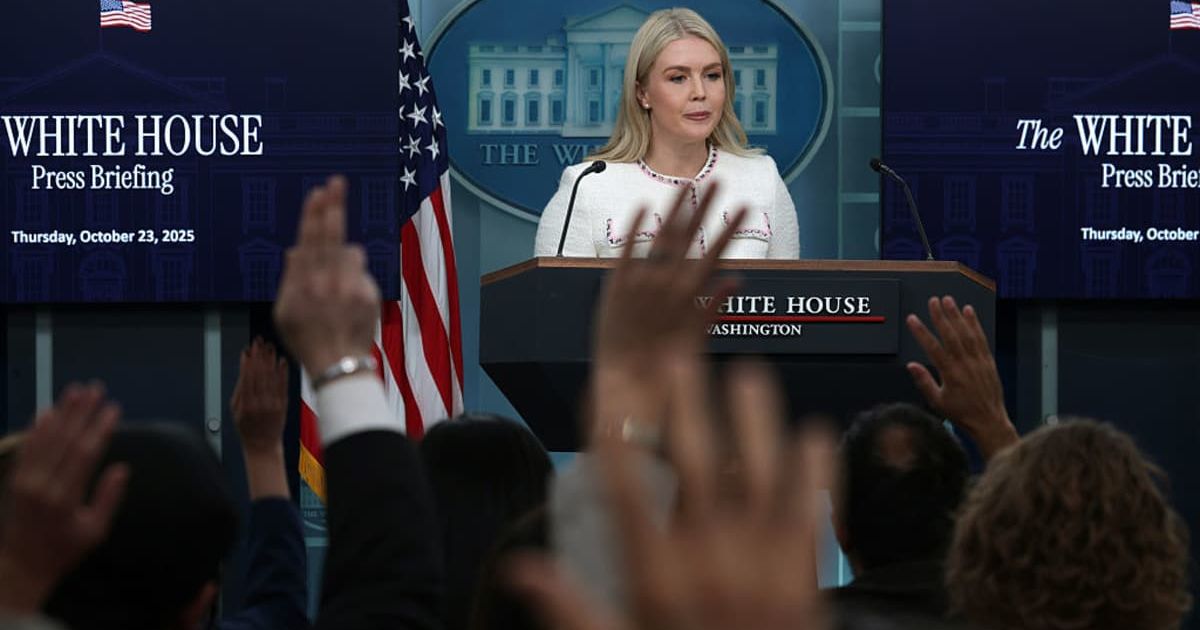
WASHINGTON, DC: The Trump administration has imposed new restrictions on media access inside the White House, barring reporters from the West Wing.
Officials cited security concerns after journalists allegedly recorded sensitive information without authorization. The move has sparked speculations about a broader attempt to limit press freedom.
The Trump Administration has made the decision to reimpose a rule on credentialed reporters at the White House initialed enacted and later withdrawn under the Clinton Administration in 1993, which forbids members of the White House Press Corps from entering Room 140 in the West… pic.twitter.com/WGl9OLUph1
— OSINTdefender (@sentdefender) October 31, 2025
White House announces media restrictions
🚨 BREAKING: The Trump administration has just BANNED reporters from a part of the White House after several members of the media were caught "secretly recording video and audio," and taking photos of SENSITIVE INFORMATION without permission.
— Eric Daugherty (@EricLDaugh) October 31, 2025
Reporters have also spied on… pic.twitter.com/71k2HElqO1
The Trump administration on Friday, October 31, announced that the reporters will no longer have free access to an office in the West Wing used by communications staff, marking its latest step to limit media access to White House.
A memo released Friday by White House press secretary Karoline Leavitt and communications director Steven Cheung stated that reporters must now schedule appointments to speak with White House officials.
According to the memo, under the new rules, reporters will maintain regular access to a separate office adjacent to the briefing room, where lower-level communications staff are located.
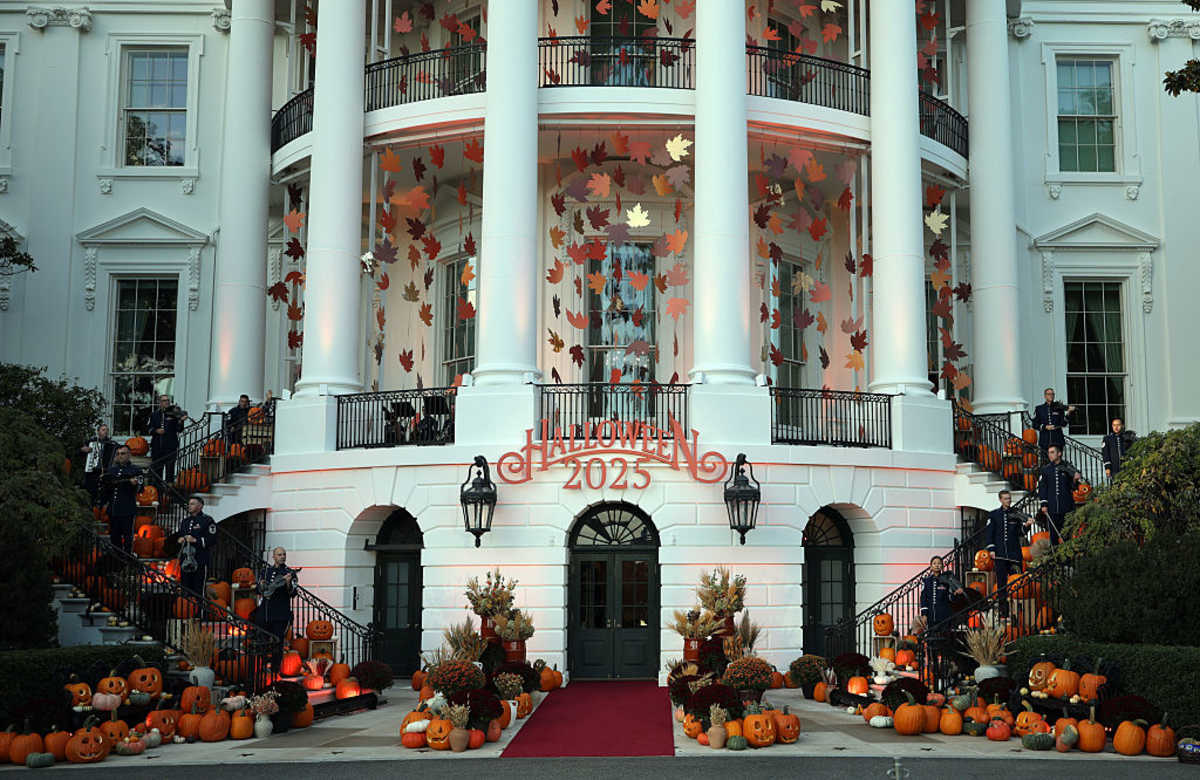
According to the White House, the move was motivated by “recent structural changes” that require communications staff to be responsible for matters about the National Security Council. The memo said, “In this capacity, members of the White House Communications Staff are routinely engaging with sensitive material.”
Speculations over freedom of press
The move also reflects a broader pattern of restricting press access, including barring certain media outlets from closed briefings and events, and enforcing a new set of rules and restrictions at the Pentagon, which prompted many reporters who work there to surrender their press badges and cover the military from outside the headquarters building.
President Donald Trump has also suggested relocating the White House press corps off the White House grounds.
“We have an option here. We could move them very easily across the street,” Trump said earlier this month.
The new limits “hinder the press corps’ ability to question officials, ensure transparency, and hold the government accountable, to the detriment of the American public,” White House Correspondents’ Association president Weijia Jiang said in a statement.
Earlier attempts to ban the press
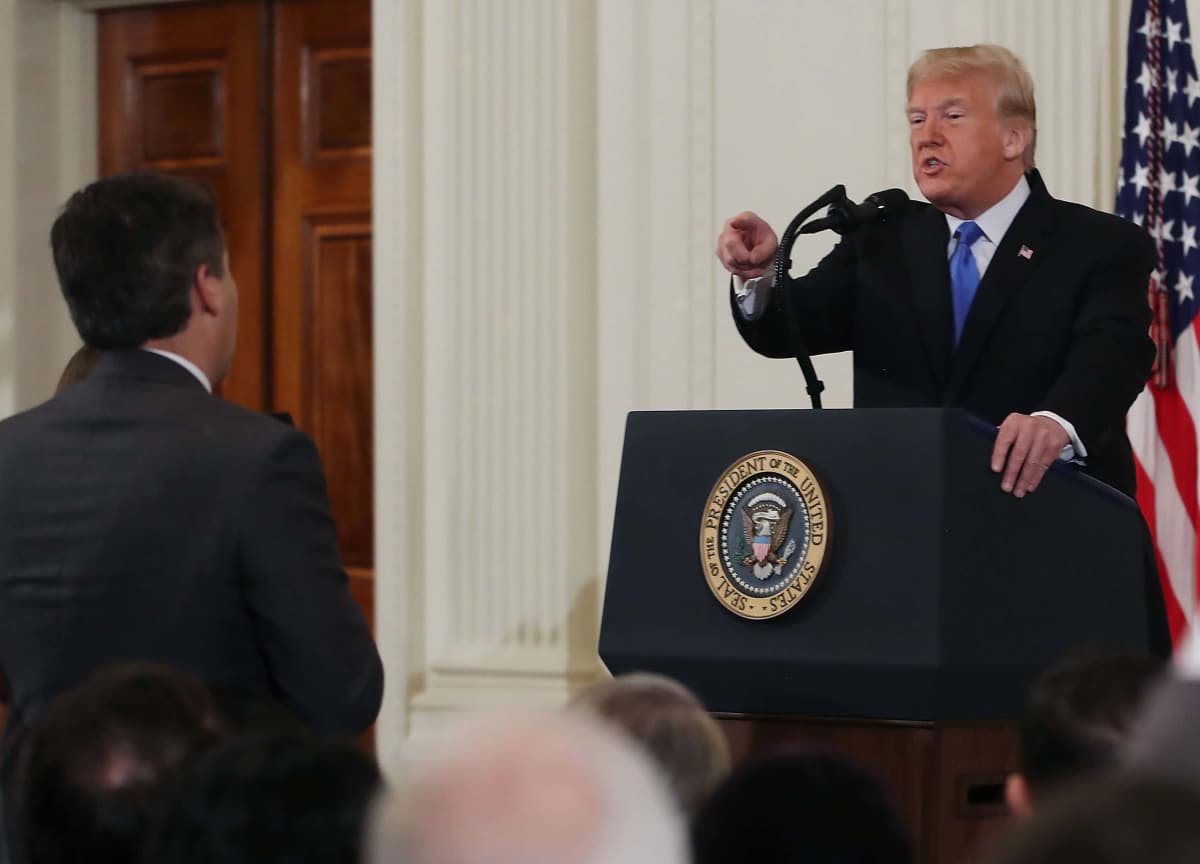
Earlier this year, the White House attempted to ban the Associated Press from covering its events after the news organization declined to refer to the Gulf of Mexico as the “Gulf of America” following Trump’s executive order to change the name.
Although a federal judge ruled that the ban was unlawful, AP’s access remains restricted as the White House seeks an appeal.
Trump has also taken legal actions against various outlets that he deemed to have reported unfavorably about him and his Republican allies.

